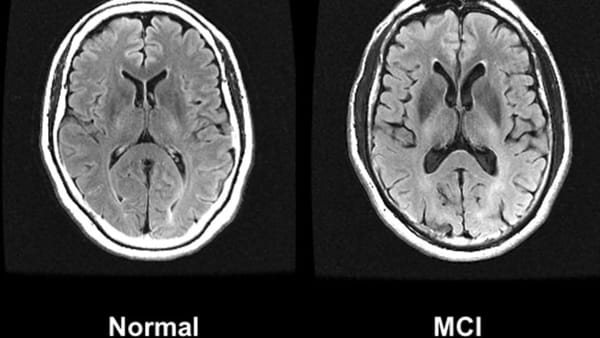Giving cancer a taste of its own medicine
James Desmet explores Targeted Protein Degradation, a potential drug discovery strategy capable of treating previously undruggable diseases.
Cancer is truly a unique disease. The genetic mutations that cause it turn our bodies against us, taking the cellular systems that keep us alive and using them to cause biological self-destruction; there is no other disease so common amongst the population that does this on such a huge physiological scale. It is one of the biggest killers globally, with the International Agency for Research on Cancer (IARC) estimating 9.7 million deaths in 2022. This number is also not moving in the right direction, with the IARC projecting new yearly cases to increase to 35 million by 2050 – a 77% increase from 2022 figures. This is in spite of prolonged, significant research efforts. Furthermore, approximately one-fifth of UK research funding goes to Cancer Research UK, and on the other side of the pond, the National Institutes of Health (NIH) allocates $6.4 billion each year to the disease. So, why is cancer still a global health crisis?
The issue lies in the fact that cancer is not a single disease but more of a blanket term used to describe a group of conditions caused by genetic mutations which effect cell growth and division. In reality, everyone’s cancer is unique due to the genetic nature of the disease. No two people – even with the same diagnosis – will have exactly the same cancer. Everyone is genetically different, and therefore, so is everybody’s cancer. So, in reality, each person’s cancer is a rare genetic condition. This is what makes it such a hard nut to crack – heartbreakingly, some treatments may work for some but not for others. However, in recent years – particularly since the work of the Human Genome Project, the Protein Data Bank, and the dawn of computational protein modelling – many innovative approaches to fighting the disease are being investigated.
One such approach gaining significant traction is targeted protein degradation (TPD). This approach aims to hijack the body’s natural protein degradation and recycling pathways to degrade proteins that are at the root cause of a cancer. Primarily, this approach is being investigated to exploit the Ubiquitin-Proteasome System (UPS).
The UPS comprises a series of enzymes known as E3 ligases, which catalyse the attachment of ubiquitin (Ub) to proteins. This creates a binding surface for degradation enzymes, known as proteases, to bind to the protein, resulting in the breakdown of the protein into its amino acids, which can then be reused.
TPD aims to hijack this system by exploiting the fact that many E3 ligases operate by proximity, meaning they simply need to be close to a protein to ubiquitinate it. Therefore, if a drug could cause ‘induced proximity’ between a cancer-causing protein and an E3 ligase, it would result in the degradation of the troublesome protein, treating the disease.
There is precedent for molecules that do this both in nature and in the clinic, with some famous examples being Cyclosporin A, an immunosuppressant derived from soil-dwelling fungus, and Lenalidomide, a chemotherapy drug derived from Thalidomide currently used to treat conditions such as multiple myeloma. Both of these drugs are examples of molecular glues, which act by enabling or enhancing protein-protein interactions (PPIs) between the E3 ligase and the protein of interest (POI). These interactions are highly unique, given that a molecule must display ‘bifunctionality’ – meaning it must bind to both molecules simultaneously. This is an exceedingly rare property to have and even more difficult to screen and develop drugs for within an industry built around developing simple, singly functional molecules. In fact, it took years to decipher how Cyclosporin A and Lenalidomide functioned, and both were discovered through complete serendipity.
Molecular glues and TPD hold incredible potential for the effective, personalised treatment of cancer. They could finally mark the era in which we are able to fight fire with fire, using our natural bodily functions to our advantage in the same way cancer uses them against us. However, there is still significant research that needs to take place, particularly in understanding how best to discover new molecular glues and E3 ligases that can be used. Fortunately, the potential is rife, with it being estimated that the human genome encodes more than 600 E3 ligases.
Are we entering a new era of personalised cancer treatment? Or is this an example of science running before it walks, getting excited at what could be rather than what is now? Only time will tell if targeted protein degradation can overcome its substantial development and discovery issues to make its way to the clinic…










